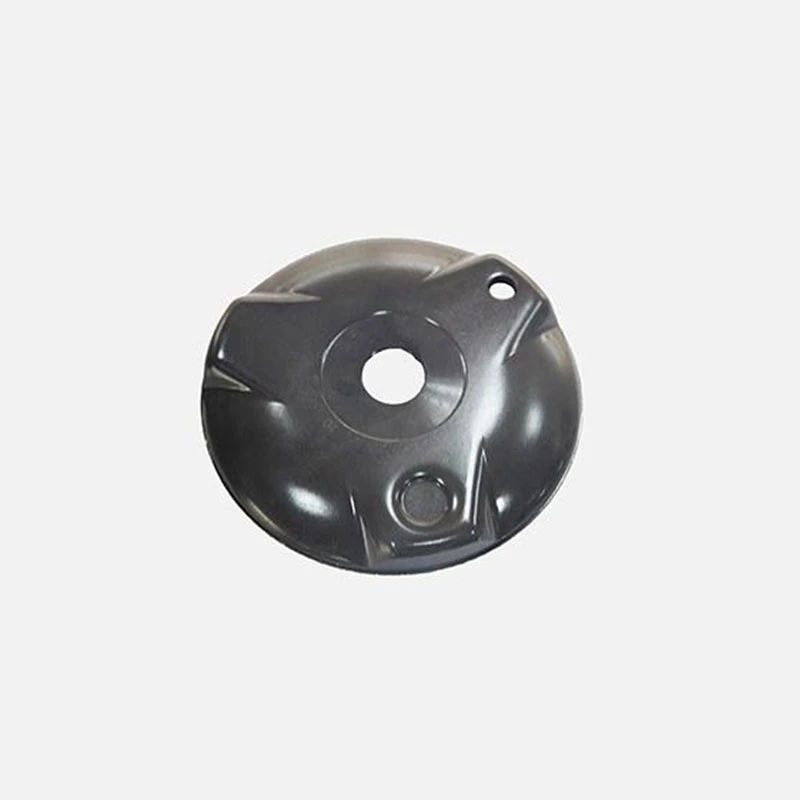electron beam machining process parameters
Understanding Electron Beam Machining Process Parameters
Electron Beam Machining (EBM) is a sophisticated manufacturing process that utilizes a highly focused beam of electrons to remove material from a workpiece, resulting in precise and efficient machining capabilities. EBM is particularly advantageous for machining hard materials and intricate geometries, making it integral to various high-tech industries. However, the effectiveness of the EBM process heavily relies on optimizing several key parameters. This article will delve into the essential process parameters of Electron Beam Machining, providing insights into their significance and impact on the overall machining effectiveness.
1. Beam Current
The beam current is a vital parameter that defines the amount of electrical current flowing through the electron beam. Typically measured in milliamperes (mA), increasing the beam current enhances the energy delivered to the workpiece, facilitating faster material removal. However, excessively high beam currents may lead to undesirable side effects, such as surface roughening and increased thermal damage. For optimal results, it is crucial to balance the beam current to ensure efficient machining without compromising the workpiece integrity.
2. Beam Voltage
The beam voltage, measured in kilovolts (kV), significantly influences the depth of penetration and the energy density delivered to the material. Higher beam voltages allow electrons to penetrate deeper into the workpiece, which is particularly beneficial for thicker materials, while lower voltages are suitable for thinner sections or when finer details are required. Selecting the appropriate beam voltage is essential for achieving targeted machining outcomes, as it directly affects the vaporization and melting of the material.
The focus and spot size of the electron beam are crucial in determining the precision of the machining process. The smaller the spot size, the more concentrated the energy is, leading to tighter tolerances and finer features. However, achieving an optimal focus can be challenging, as this is influenced by various factors, including the beam power and workpiece positioning. Engineers must balance the need for precision with the potential for increased machining time and thermal effects associated with a smaller focus point.
electron beam machining process parameters

4. Working Distance
The working distance refers to the distance between the electron beam source and the workpiece. This distance impacts the intensity of the beam and the overall effectiveness of the machining process. A shorter working distance can enhance beam intensity but may introduce challenges in workpiece handling and alignment. Conversely, a longer working distance can create a more stable machining environment but may reduce energy density. Selecting the right working distance is crucial for achieving consistent results while maintaining equipment safety and operational efficiency.
5. Pulse Duration and Frequency
The pulse duration and frequency control the timing of the electron beam emission, allowing for greater flexibility in machining operations. Shorter pulse durations can minimize heat affected zones, reducing the risk of thermal damage to the material. Conversely, higher pulse frequencies can enhance productivity by allowing for rapid material removal. Optimizing these parameters requires a careful assessment of the material’s thermal properties and the specific requirements of the machining task.
6. Feed Rate
The feed rate defines the speed at which the workpiece moves relative to the electron beam. It significantly influences the material removal rate and surface finish. A slower feed rate typically results in better surface quality and increased precision, while a faster feed rate may enhance throughput but could compromise tolerance and finish. Finding the optimal feed rate is a balancing act between efficiency and quality and is often dictated by the specific application and material characteristics.
Conclusion
The efficacy of the Electron Beam Machining process is intrinsically tied to the careful selection and optimization of several key parameters, including beam current, beam voltage, focus and spot size, working distance, pulse duration and frequency, and feed rate. Each of these factors plays a critical role in determining machining performance, surface finish, and overall machining efficiency. Understanding and manipulating these parameters can lead to remarkable improvements in machining outcomes, enabling engineers to exploit the full potential of EBM technology in various demanding applications. As industries continue to evolve, mastering these parameters will remain fundamental to achieving precision and excellence in modern manufacturing.
-
Crawler Drilling Rig - Baoding Hairun|Confined Space Drilling&Mine SafetyNewsAug.15,2025
-
Drill For Confined Spaces-Crawler Mounted Drill Rig | Crawler Drill Rig for SaleNewsAug.15,2025
-
Premium OEM Auto Parts & Stamping - Reliable ManufacturersNewsAug.15,2025
-
Crawler Drilling Rig for Confined Spaces-Baoding Hairun MachineryNewsAug.15,2025
-
Drill For Confined Spaces - Baoding Hairun Machinery And Equipment Trading Co., Ltd.NewsAug.15,2025
-
Advanced Crawler Drilling Rig - Baoding Hairun Machinery | Underground Mining SolutionsNewsAug.14,2025















